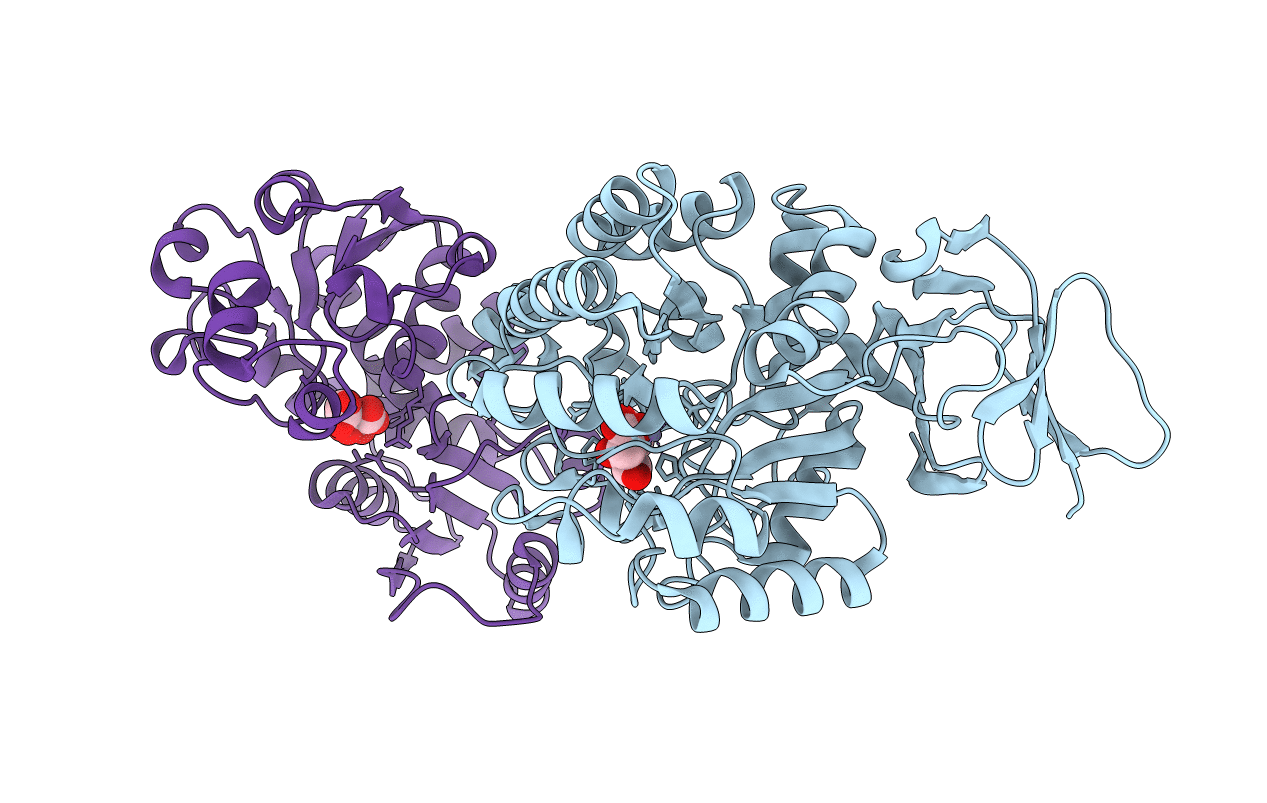
Deposition Date
2008-05-20
Release Date
2009-01-20
Last Version Date
2023-08-30
Entry Detail
PDB ID:
3D6N
Keywords:
Title:
Crystal Structure of Aquifex Dihydroorotase Activated by Aspartate Transcarbamoylase
Biological Source:
Source Organism:
Aquifex aeolicus (Taxon ID: 63363)
Host Organism:
Method Details:
Experimental Method:
Resolution:
2.30 Å
R-Value Free:
0.20
R-Value Work:
0.16
R-Value Observed:
0.16
Space Group:
H 3 2


